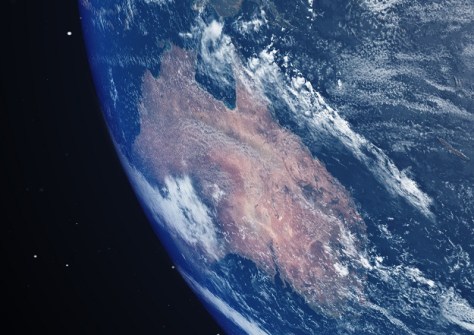
A new report details the widespread use of Earth observation (EO) applications and services across government, research and commercial sectors in Australia, and highlights the significant vulnerabilities the nation faces by being reliant on the receipt of EO data from foreign sources.
The report, Continuity of Earth Observation Data for Australia: Risks, has been produced by Earth Observation Australia, the University of Queensland and Symbios.
Although it goes largely unnoticed by most people, EO plays a crucial role in almost all aspects of Australian society and industry. But as the report states:
“All of the satellite EO data utilised by Australia originates from foreign sources within all sectors — government, research, and commercial. Currently most of the key data sources — importantly, free and open sources — are without binding data supply agreements to support supply risk management and mitigation. This includes foundational data supply from the Landsat program (USA/USGS, NASA), the Copernicus program (European Commission), and from various foreign weather satellite operators.”
The report goes on to say that “The foreign dependence and ownership of EO infrastructure presents significant risks for Australia at the time of this report. These risks warrant assessment and tracking to determine any changes in the associated risk levels into the future.”
Thirty-nine risks are identified and analysed in terms of their importance to the Australian economy and international relations. Of those 39, six are rated as having a ‘very high’ potential impact based on their likelihood and consequences, while 32 of the 39 are rated between having ‘possible’ and ‘almost certain’ affects.
In terms of government satellite EO data usage, the report identified 171 federal, state and territory government programs dependent upon it. Yet “Almost all of Australia’s EO data supply is subject to decisions taken by foreign governments around open and free data supply…,” the report says.
As Spatial Source reported last year, the federal government had previously committed to a $1.2 billion National Space Mission for Earth Observation that would have seen four Australian-owned EO satellites placed into orbit. But that program was cancelled without warning in early 2023.
Earlier this month, the government made a $207.4 million commitment over four years to join the Landsat 2030 International Partnerships Initiative to take advantage of the next generation of Landsat EO satellites, called Landsat Next.
The funding will be used to enhance a satellite ground station in Alice Springs, along with new data processing and analytics capabilities.







